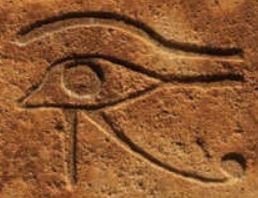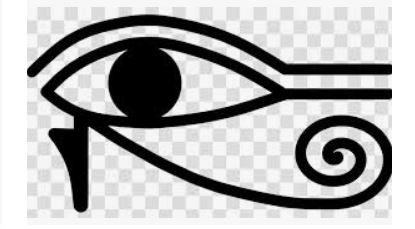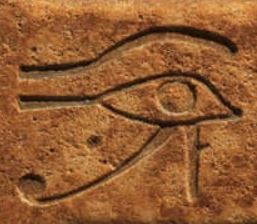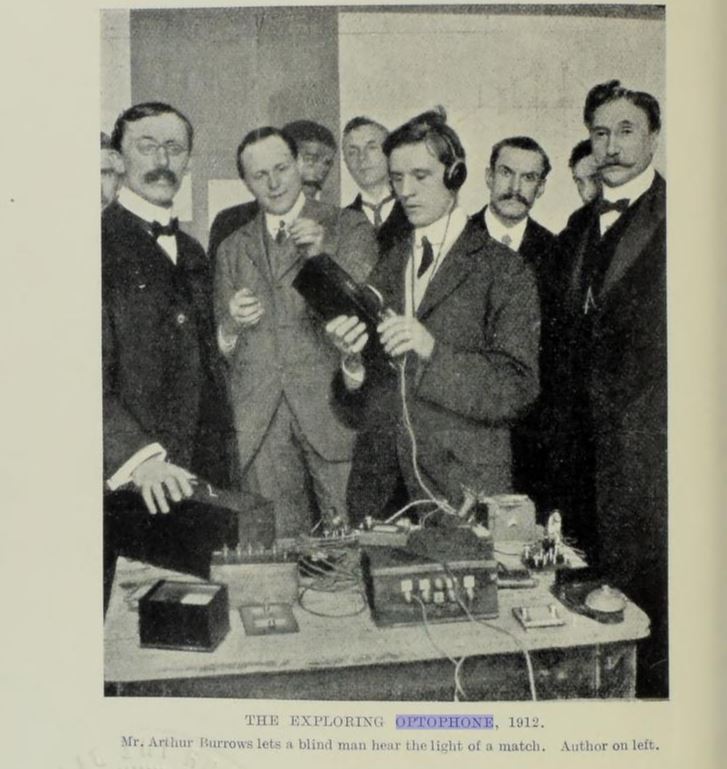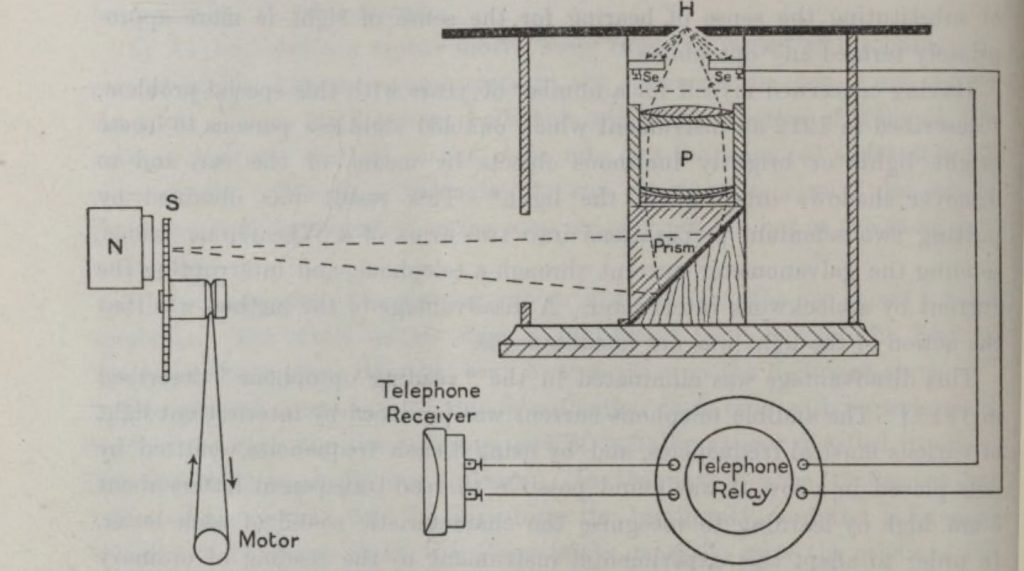McLuhan was familiar with the use of a variable center-margin relation in the work of Harold Innis. There it is used primarily as a way of looking at history1 and economics2. The later Innis came in addition to correlate center-margin dynamics with communication3 and — very importantly! — with time.4
But Innis was also unhappily familiar with the feedback of this notion on research and the individual researcher. If a centre-margin relation were implicated in all human experience, how could some variety of it not be assumed in any and all research? And, in an attempt to defend that assumption, or, at least, to ameliorate its acceptance, how could it itself be studied absent further assumption? Do we not always come too late to do so? How bend back to study what has always been deployed already? For Innis this knot implied a “solipsism” from which he did not see an exit for the researcher or, indeed, for “western civilization” at large.5
In the latter 1950s McLuhan began to see that specification of the center-margin relation might allow the sort of collective investigation into human experience that was necessary for human survival in an age of nuclear weapons — and this especially when “the present time [of] the instantaneity of communication between all parts of the world has brought into involuntary juxtaposition the whole diversity of human cultures”.6 This implied investigation into the possibility beyond solipsism of such study (which McLuhan had called the missing “esthetic” dimension in Innis’ work even in his 1951 letter to Innis himself) and then, on the basis of that newly specified possibility, the detailed deployment of the center-margin relation in analysis.
In the period 1957-1962 McLuhan particularly investigated the centre-margin relation in relation to the possibilities of human experience in the following sequence of writings:
CM 1 – Coleridge as Artist, 19577
CM 2 – Letters from 19608
CM 3 – Humanities in the Electronic Age, 19619
CM 4 – Inside the Five Sense Sensorium, 196110
CM 5 – The Electronic Age – The Age of Implosion, 196211
Each of these will be examined in detail in posts to follow.
- The rise and fall of the Roman Empire provided a ready example of the multifold dynamics of centre-margin relations. ↩
- The contrasting economies of Canada and the US in relation to England could be understood as strikingly different forms of centre-margin relations. ↩
- Communication media correlated with “empire” since empire requires an enduring relation between centre and margin and this depends on communication. ↩
- Communication in stone implied an enduring present not subject to easy revision, while communication in, say, paper implied a fleeting present subject to instant change. The first had a virtually unalterable relation to the margin of changing events, the second had a flexible relation to marginal events. The first implicated a theocratic state in which a vertical relation to the divine was all important relative to secular circumstances, the second implied a more fluid relation between the divine and the worldly that could vary widely between the two. Time itself varied with all these centre-margin relationships. ↩
- For discussion, see Innis, McLuhan and “the “power of metamorphosis”. ↩
- ‘Coleridge as Artist’, 1957. ↩
- In ‘The Major English Romantic Poets: a symposium in reappraisal‘, ed Clarence D. Thorpe, Carlos Baker & Bennett Weaver, 1957. ↩
- In December 1960 McLuhan wrote letters to Serge Chermayeff and to Jackie Tyrwhitt (Letters 278) that focused on the centre-margin relationship(s). ↩
- In the Humanities Association of Canada Bulletin, 1961. ↩
- In Canadian Architect, 6:6, 1961. ↩
- In Mass Media in Canada, ed. John A Irving, 1962. ↩

